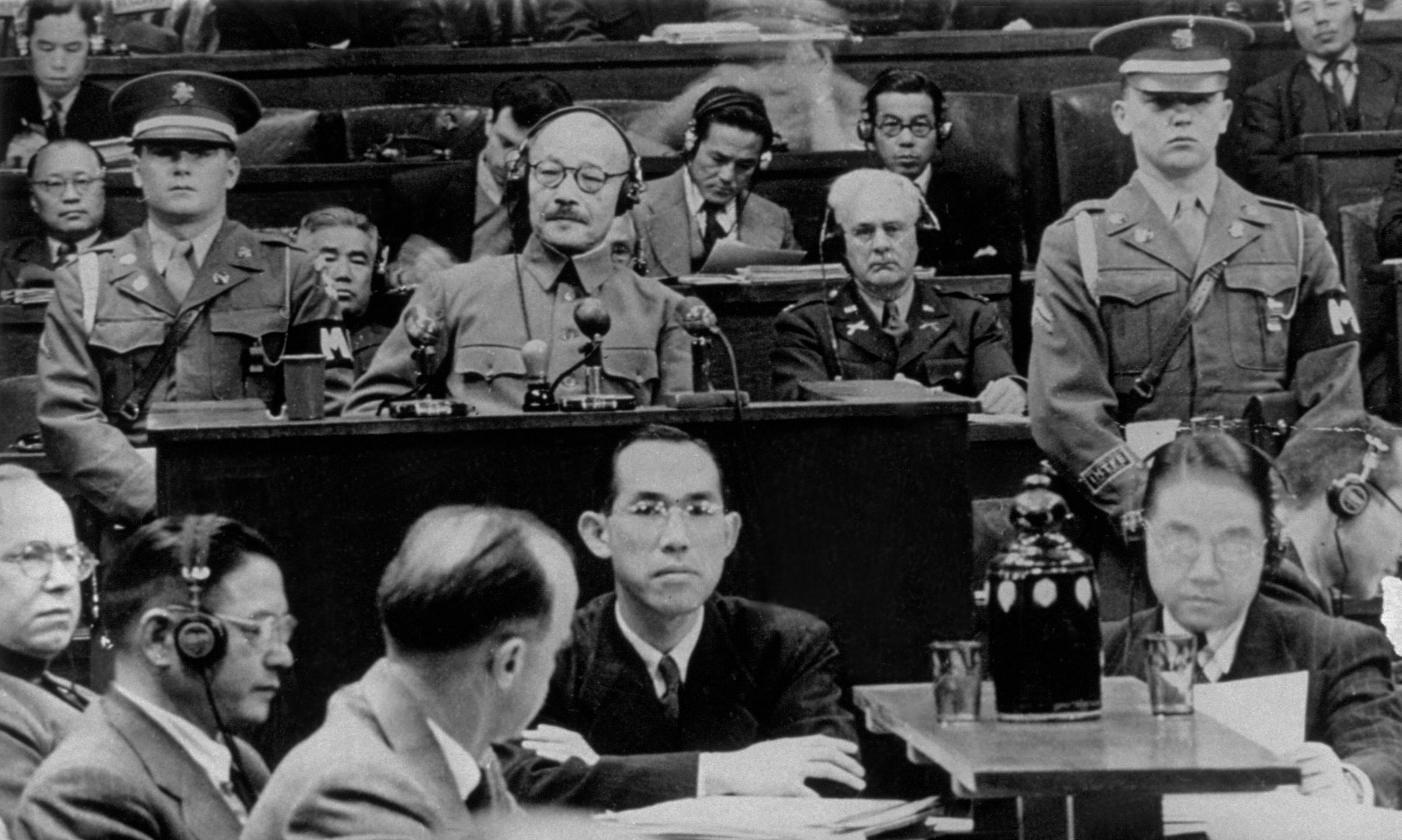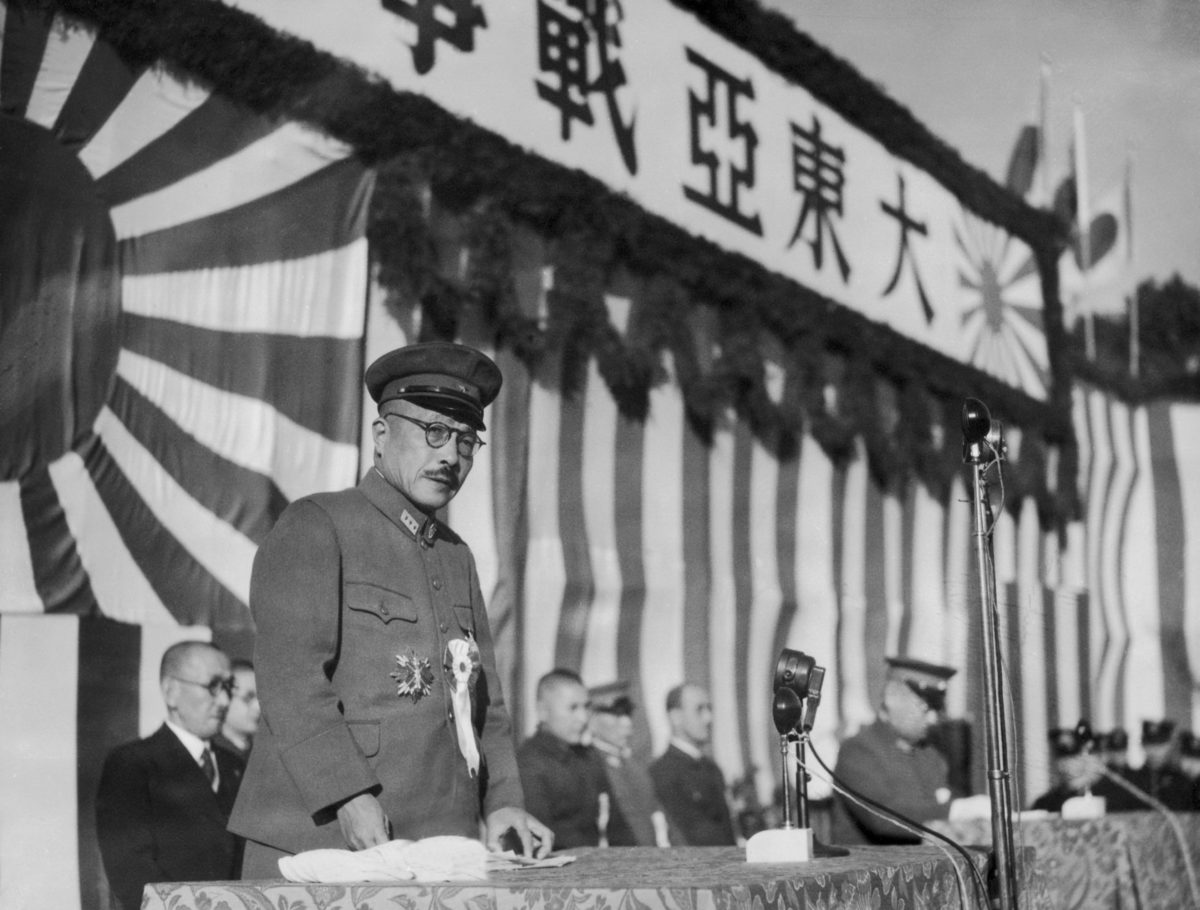At his execution for war crimes in 1948, General Hideki Tojo, Japan’s wartime prime minister, was considered to be the archvillain of the Japanese war machine. But after the highly publicized trial and hanging of one of the masterminds of the Pearl Harbor attack, the world was left in the dark about the whereabouts of Tojo’s remains.
The location has been a highly classified mystery — until now.
Nihon University Hiroaki Takazawa, a professor specializing in war tribunal issues, announced on June 8 that he had discovered the area in which Tojo’s ashes were scattered, The Associated Press was first to report.
In 2018 while combing through the U.S. National Archives in Washington, Takazawa came across the declassified documents detailing the once highly classified mission to scatter the remains of Tojo and the six other war criminals executed on December 23, 1948. After years of verifying and checking details, Takazawa outlined the rough location where the remains of Tojo were released.
“The documents show the cremated ashes of Tojo … were scattered from a U.S. Army aircraft over the Pacific Ocean about 30 miles east of Yokohama, Japan’s second-largest city, south of Tokyo,” writes the AP.
The details were never made public, and until recently the location was a closely guarded secret to prevent their martyrdom from ultra-nationalists.
According to Japan’s National Institute for Defense Studies and the Japan Center for Asian Historical Records, the documents uncovered by Takazawa provide the first public account of the handling of the seven war criminals’ remains.
Tojo was among 28 Japanese wartime leaders tried for “crimes against peace” at the 1946-1948 International Military Tribunal for the Far East. “The accused,” writes historian Robert Barr Smith, “faced a 55-count indictment, an extraordinary document drafted mostly by Arthur Comyns-Carr, the British prosecutor.”

All defendants were found guilty. The sentence was death by hanging for Tojo, Foreign Minister Koki Hirota, and five generals (Kenji Doihara, Seishiro Itagaki, Hyoturo Kimura, Iwane Matsui and Akira Muto). Sixteen were sentenced to life imprisonment, and Shigenori Togo and Mamoru Shigemitsu were given differing periods of imprisonment.
Takazawa revealed that one document, dated Dec. 23, 1948, was stamped “secret”, with U.S. Army Maj. Luther Frierson writing, “I certify that I received the remains, supervised cremation, and personally scattered the ashes of the following executed war criminals at sea from an Eighth Army liaison plane.”
The U.S. was incredibly careful in removing all traces of the ash once the cremation was complete. The ovens were “cleared of the remains in their entirety” and “special precaution was taken to preclude overlooking even the smallest particles of remains,” Frierson wrote.
“In addition to their attempt to prevent the remains from being glorified, I think the U.S. military was adamant about not letting the remains return to Japanese territory … as an ultimate humiliation,” Takazawa told the AP.
And while no remains are enshrined at Tokyo’s Yasukuni Shrine, the executed war criminals, alongside 2.5 million war dead are now considered “sacred spirits” in the Shinto religion.
“Yasukuni has become a flashpoint between Japan and its neighbors China and South Korea,” writes the AP, “who see the enshrinement as proof of Japan’s lack of remorse over its wartime aggression. Yasukuni also enshrines five other convicted wartime leaders and hundreds of other war criminals.”
For Tojo’s grandson, Hidetoshi Tojo, the professor’s recent revelation is a chance to explore his family’s history.
“Everything about my great-grandfather was sealed, including his speeches. Taking that into consideration, I think not preserving the remains was part of the occupation policy,” he said. “I hope to see further revelations about the unknown facts of the past.”





